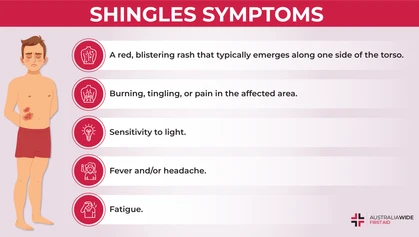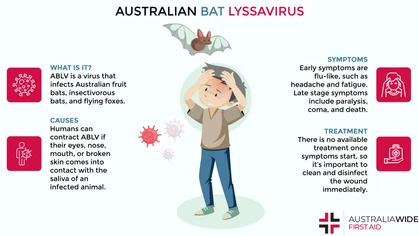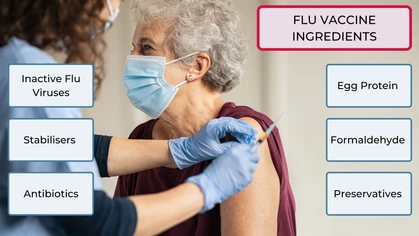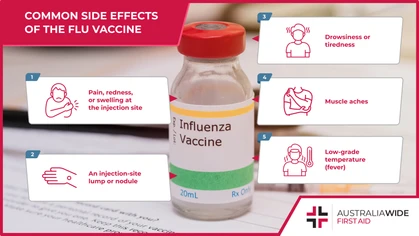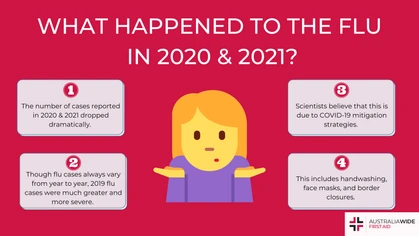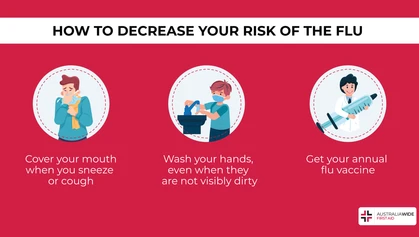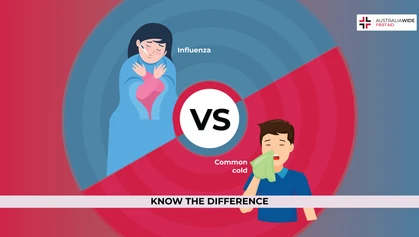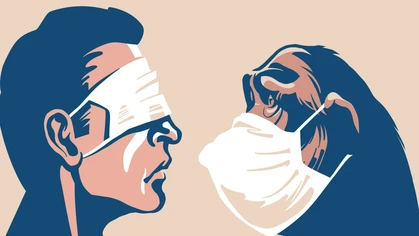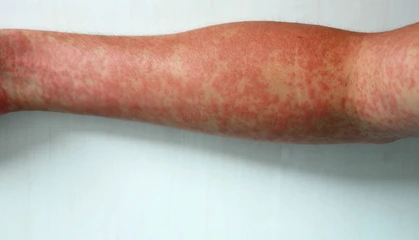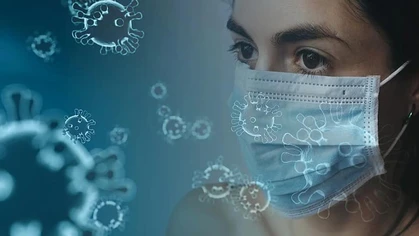First Aid For Coronavirus

Virus
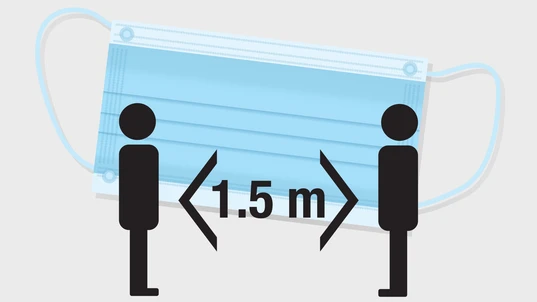
First aid can be provided safely while observing some of the recommendations of our health authorities.
First aid, Coronavirus (COVID-19) and Social Distancing
Social distancing plays an important role in limiting the spread of the COVID-19 virus. Almost daily we are confronted, like never before, by issues of "personal space" and how we interact with each other on a physical level. As certificate holders in first aid and CPR, we find ourselves asking questions like:What should I do if I encounter someone suffering acute respiratory failure who may be infected with the Coronavirus?It's reasonable to be concerned and discussion around this topic is hugely relevant right now. As a nationally recognised first aid training organisation, Australia Wide First Aid doesn’t have all the answers, however, we can offer the following words of support to those feeling overwhelmed right now.
Minimise the risk of danger
First, when assessing a casualty, we should always prepare as if they were infectious — not just because of COVID-19. Before we are able to help someone else, our initial priority as first responders, is to always be minimising the risk of danger to ourselves. This golden rule never changes… regardless of Coronavirus. After all, our usefulness to the casualty depends on keeping ourselves safe and healthy. Emergency scenarios and potential hazards have been all but inseparable... long before this pandemic. Those who come to the aid of others know this to be part and parcel of what it means to be a first responder. In the case of a casualty who may be contagious with an infectious disease, we simply need to continue implementing the safeguards we have been trained to use whenever we render first aid, especially CPR.Take precautionary measures
Our health experts have recommended precautionary measures when interacting socially. We also need to apply them when coming to the aid of someone in medical distress. Adjustment logically follows when contamination risks are increased. In addition to cross-infection precautionary measures, such as using examination gloves and CPR masks, we can also make a reasonable adjustment to how we administer cardiopulmonary resuscitation. Instead of a combination of breaths and compressions, CPR can consist of providing compressions only. If you are within the 1.5 metres, set by our social distance rules — which you would be when attending to a casualty — what additional measures do you take to prevent the exchange of body fluids and cross infection from the casualty to ourselves? Or conversely, from ourselves to the casualty? Washing your hands thoroughly is a must. The biggest risk after coming into contact virally contagious person is to then touch your face with your hands.Importance of <a href="https://www.australiawidefirstaid.com.au/courses">First Aid training</a>
The need for people being ready and prepared to administer first aid has never been greater. At Australia Wide First Aid, we're well aware of the anxiety surrounding the COVID pandemic but at the same time concerned that someone who is in great need could be denied help because of fears about contracting the virus. First aiders should pay no heed to the fear. We should reassure and remind ourselves of the reality, which is that our willingness to help others has never been more vital than it is right now during this pandemic. With the correct safeguards and reasonable adjustments in place, first aid should continue to be provided to those in need with minimal risk and maximum benefit to the community. We take this opportunity to thank our amazing network of Australia Wide First Aid health professionals and educators, for continuing their work in delivering life saving knowledge and techniques to others during this most challenging time. Article by Garry Draper - Founder & Director, Australia Wide First Aid
Article by Garry Draper - Founder & Director, Australia Wide First Aid
Originally published at
https://www.australiawidefirstaid.com.au/resources/first-aid-for-coronavirus
as part of the Australia Wide First Aid Articles Library
